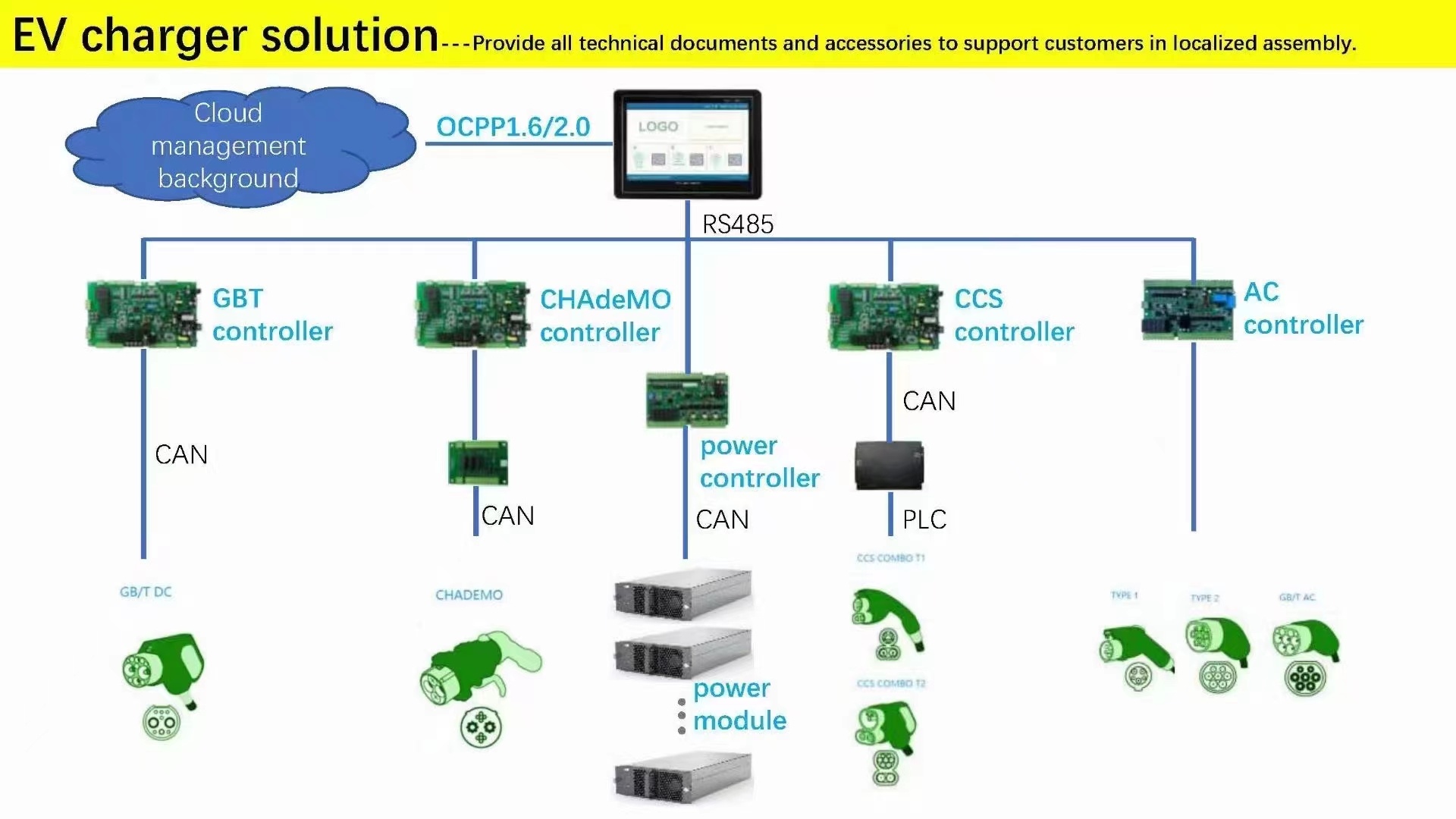What are the 104 protocol and OCPP protocol for charging piles?
These are the communication protocols of charging piles. At present, most of the domestic ones mainly use the 104 protocol. The OCPP protocol is an open charging protocol and is used more abroad.
The 104 protocol is a binary communication protocol based on the TCP/IP protocol. The amount of data is small, but the legibility is poor and it lacks scalability. It is difficult to transmit relevant information between vehicles and charging piles; it is also difficult for car owners to know the battery status from charging piles, and more business models cannot be expanded in the future.
At present, most domestic charging equipment manufacturers and operators such as State Grid, China Southern Power Grid, and Telecom use the 104 protocol as the basic protocol and modify it to a certain extent.
With the development of private passenger cars and the construction of charging facilities based on the renovation of parking lots, the 104 protocol cannot guarantee smooth connections at all times due to the complexity of the charging places. In this case, the 104 protocol will expose more problems.
OCPP (Open Charging Protocol) is a global open communication standard, mainly used to solve various difficulties caused by communication between private charging networks. OCPP supports seamless communication management between charging stations and the central management systems of each supplier.

The first version of the protocol is OCPP 1.5. In 2017, OCPP has been applied to more than 40,000 charging facilities in 49 countries, so it has essentially become the industry standard for charging facility network communications. Currently, OCPP 1.6 and OCPP 2.0 standards have been launched after the 1.5 standard.
Currently, some states in the United States have included OCPP1.6 or higher certification as mandatory technical requirements for charging piles. In China, the 104 agreement is basically still used. At present, it seems that only Tellus power has obtained the OCPP1.6 certification in Asia.